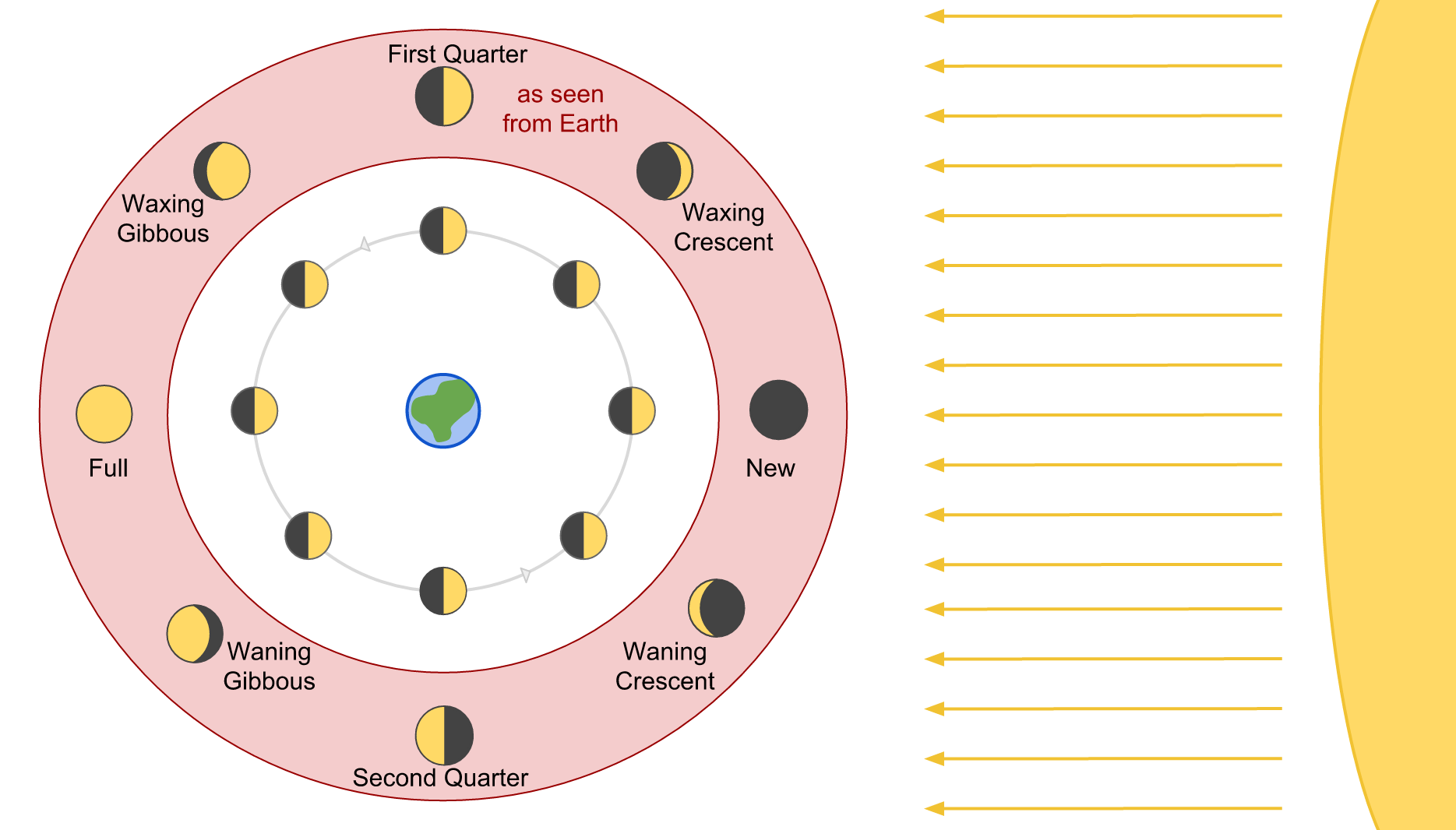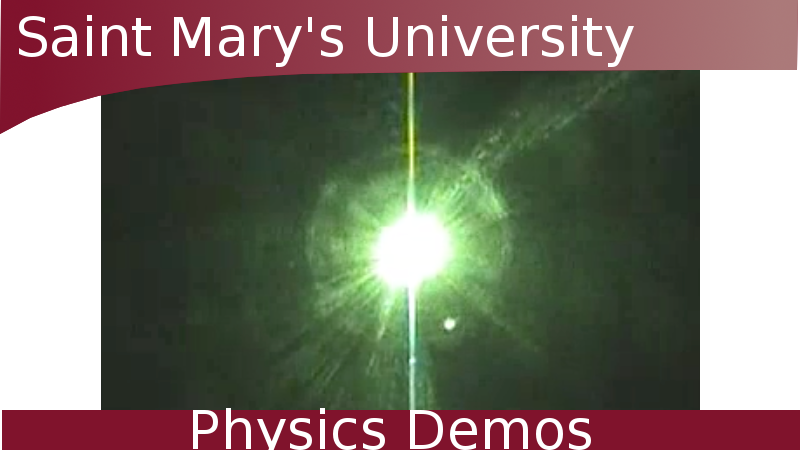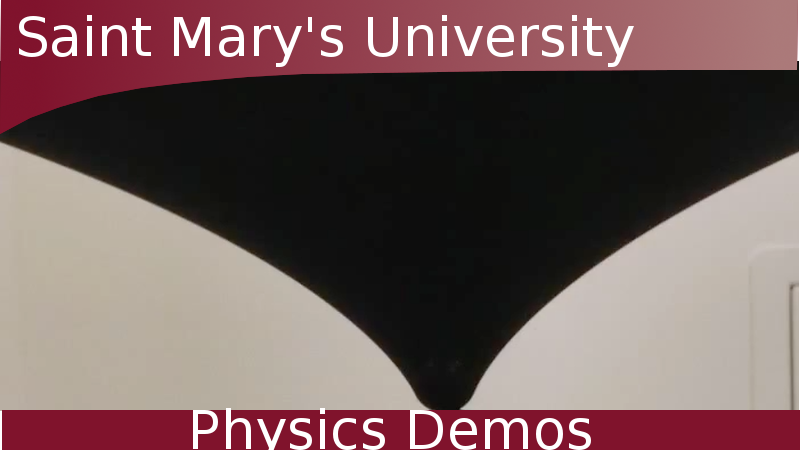The geometry behind moon phases.
Watch Video:
Other Demos of Interest:
Possible Incorporated Topics:
- celestial geometry
- orbital mechanics
Theory:
The Moon orbits the Earth once every 30 days, while the Earth orbits the Sun once every 365 days. Because the Earth’s orbit is so much longer than the Moon’s, we can think of the Earth and Sun as stationary when considering the Moon’s orbit and its phases. With this, sunlight comes from the same direction while the Moon goes through its orbit.

The half of the Moon facing the Sun is always lit, while the other half is always in darkness. When the Moon is viewed from Earth at different points in the Moon’s orbit, different portions of its surface appear lit.

Apparatus:
- lamp
- Moon globe
- ball to represent Earth
Procedure:
- place the Earth ball on the floor with the Moon globe beside it
- place the lamp on the floor across from the Earth and directed toward it
- move the Moon through its orbit around the Earth while keeping the lamp stationary
- at each point in the Moon's orbit, look at it from the perspective of the Earth to see the phases






